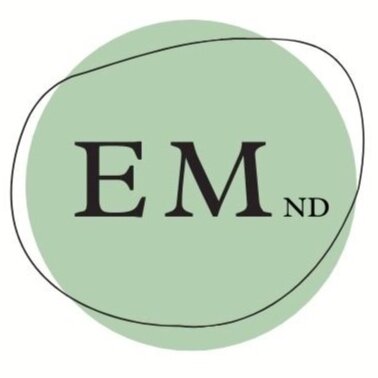What is harm reduction and how is it used in healthcare?
What is harm reduction?
Harm reduction refers to a range of public health policies and interventions that work to reduce the negative effects of behaviors without necessarily stopping the behavior completely. Much of the research in this area is focused on treating drug use, but it can be applied to other behaviors such as eating disorders, sexual health, and tobacco use.
What sets harm reduction apart?
Harm reduction differs from the more traditional medical model that assigns moral values to behaviours - such as “smoking is bad”. Instead, a harm reduction model has a more nuanced view toward health behaviours, where all behaviors are morally neutral - ie “smoking increases risk of cardiovascular and lung disease, but it doesn’t make you a bad person.”
What are the principles of harm reduction?
Humanism → providing services without moral judgment
Pragmatism → none one can achieve perfect health behaviors, so abstinence is not a realistic approach
Individualism → every person has their own needs and should be given a range of potential interventions
Autonomy → people ultimately make own choices about medications, treatment, and health behaviors
Incrementalism → any positive change demonstrated by the patient is a step toward improved health, no matter how small!
Accountability without termination → patients are responsible for their own health choices and outcomes and are never “fired” from care. Everyone deserves help
Can these principles be applied to naturopathic medicine?
Harm reduction is often thought of as a public health issue (ie health policies and safe injection sites), but they can also be applied to one on one care as well. In my practice I view harm reduction in 2 ways
I apply the principles of harm reduction in my practice as a way to encourage patients to engage more mindfully with lifestyle behaviours (such as smoking, disordered eating, or exercise). We take shame out of the equation, acknowledging that there are many reasons why people do or don’t engage in these behaviours, and focus on making incremental changes to support health.
I also try to reduce the harm I can potentially cause my patients with my own language, actions, or clinic environment. Healthcare practitioners can unknowingly cause harm to patients by creating a space or environment that feels unwelcoming or judgemental, thereby discouraging patients from seeking care. We can also cause harm when we prescribe treatments without considering or explaining all the potential side effects.
Curious to learn more?
I am committed to a harm reduction model of care that affirms you, and respects your first-hand knowledge of your own health. My practice is inclusive of diverse peoples, bodies, genders, and sexual orientations. If you want to learn more about how a naturopath can support you, you can call for a free meet and greet.
References
Hawk M, Coulter RWS, Egan JE, Fisk S, Reuel Friedman M, Tula M, et al. Harm reduction principles for healthcare settings. Harm Reduct J. 2017 Dec;14(1):70.

